Profit №_12_2023, decembrie 2023
№_12_2023, decembrie 2023
Romania and Moldova – economic issues during transition

During the transition to a market economy after the dramatic events of December 1989 and to date, Romania has undergone demographic transformations and economic evolutions which deserve a closer look due to the seriousness of some of those changes. There are analysts of the Romanian developments who were of the opinion that the national fibre of the Romanian people was changed or, to be more precise, its essence was damaged. This article is an effort to express our position regarding such a statement. The case of the Republic of Moldova (Moldova in this article) is also interesting. From many points of view, the two countries have registered similar evolutions, but there are many specific things which determined the evolution and the phase which they reached to be very different indeed. The Declaration of Independence in August 1991 (Fig. 3, left) did mark an irreversible process for the consolidation of this young state, but it should be said that the evolution since then has not been smooth. The geopolitical context in the region, the high dependency of energy imports, the COVID-19 pandemic and the financial crisis during this period of time have all had a very strong impact on the Moldovan state. Even more, the 2022 war between the Russian Federation and Ukraine has had major implications for both Romanian and Moldova, both of them being neighbour countries. On a more general note, the Russian-Ukrainian conflict will be most likely studied by historians during the following period to draw the required lessons for all the Eastern flank of the North Atlantic Treaty Organisation (NATO) and for the European Union (EU).
1. Romania - from super-centralisation to market economy
The key economic changes registered by Romania during the last seven decades, as presented in Table 1, speak for themselves. Historically speaking, the progress of Romania since 1965 was quite significant, but the last 25 years of the socialist era were not easy. A certain period of real progress must be however noticed up to the big earthquake on 4 March 1977. There were no problems such as drugs or violence in Romania in those days and, economically speaking, there was the relative stability of employment (even the obligation to work for those able to), and the food supply of the population was at a reasonable level for the specific conditions of the respective period, the access to the written mass media from abroad was still allowed, travelling abroad, despite being limited and mainly allowed in the former socialist countries, was still possible and access to free education was granted for all Romanian children. From an economic point of view, Romania used to encourage the local production, created possibilities for employment and had a very strong financial and budgetary discipline. The external equilibrium and external debt were well managed.
However, the great natural disaster on 4 March 1977 followed and this had shaken Romania and the Romanian society from its foundations (both ad literally and figuratively). Romania started to gradually slide towards absolutism and a despotic leadership in a very difficult economic reconstruction period. Even more, the economic hardships were combined with an unhealthy political development, which had dramatic social and cultural consequences. The population, which had increased constantly to December 1989 (the number of Romanians in the country reached 23.15 million in accordance with the Statistical Yearbook of Romania (SYR)- 1991), started to suffer from an economic point of view, and the queues for basic foods for any family were unbearable, as presented through the images in Fig. 1. The situation was similar with the local transport and community services from the larger cities, not to mention the issue of central heating of the apartments in the block of flats, an issue which became inhumane during the winters of the last 4-5 years before 1989.
These were not, of course, the only issues which brought the population to the streets starting on 17 December 1989. It was impossible to procure other essential goods, such as the chance to buy a car or, even more, the limited right to buy gas (one tank per month) and/or the right to drive a car only on certain days depending on the number on your plate, forced the large part of the population to realize that the socialist era was close to its end. Economically speaking, socialism failed in Romania. The major events in Poland, the "perestroika" in the former Soviet Union, the 1968 Prague spring (during which Romania had indeed manifested a true desire for political independence within the Warsaw Treaty (and more generally within the Council for Mutual Economic Assistance (CMEA)), the Brasov protests and many others represented so many changes which were not understood by the Romanian authorities in those days. The end on 25 December 1989 and the events of the summer of 1990 are well known.
During the last 33 years of transition, Romanian registered some significant economic and political achievements. Unfortunately, the evolutions have worsened during the last 2-3 years in the context of the health crisis (COVID-19 pandemic) of biblical proportions which affected all countries on the planet from an economic point of view. The pandemic had a negative impact on the demographic equilibrium of the country, which was fragile anyway. Generally, there is an impression that the pandemic together with the energy crisis has unleashed a consistent inflationary process (14.5% as of May 2022 according to the Institute for National Statistics (INS)) and the inter-human relationships in the Romanian society became more difficult. Moreover, one of the major macroeconomic equilibria (the external one) is not properly controlled. The country’s foreign debt reached €134.6 billion, which is more than 50% of the GDP, an aspect which was determined by the very large trade and current account deficits (€7.6 billion current account deficit during the first four months of 2022, as compared to €4.1 billion during the corresponding period of 2021).
One other domain gravely impacted, with major economic implications, was the education system at all levels. The online education which was possible during the pandemic crisis was just a palliative. The professional training of school people and students was negatively impacted. Frequent or very frequent changes in the learning system, (including those announced in March 2022 regarding the structure of the school year) did not help. It is clear the Ministry of Education has no unified vision to face the requirements of the current phase. This will have major economic implications if the redressing measures are not implemented soon. The Romanian labour force (as reduced as it is now) will suffer further.
2. Moldova - at the crossroads of great geopolitical interests
The historic destiny of Moldova was different compared to the one of Romania, despite the fact that these two countries speak the same language, have joint personalities in their culture and literature fields and have also a joint orthodox religion which is practised by the majority of the populations on both sides of Prut River. The Republic of Moldova entered the international stage with a fratricide war (started on 2 March 1992 - see Fig. 3, right) following the declaration of autonomy by the Transnistrian Republic, which was sustained by the 14-th Army of the Russian Federation. The human losses are well-known, but the most difficult part was the image that the country had been confronted with for a good period of time. Practically, the big investors adopted a common line namely "to wait and see what will happen next". This had economic consequences. The external debt of the country reached $9.01 billion (65.9% of its GDP) as of end-2021, a high indicator which will have, most likely, social consequences as well. The annual target for inflation of 5% of the National Bank of Moldova (NBM) is substantially over passed at 29.05% as of May 2022, while the base interest rate increased to 18.50% starting on 3 June 2022 (raised constantly by NBM to stave inflation).
Like in Romania, Moldova started to be confronted with a powerful emigration process which led to the dramatic fall of its population from 4.36 million in 1996 (including Transnistria) to 2.59 million (resident population in 2021, without Transnistria and Bender Municipality), in accordance with the data published by the National Bureau for Statistics (NBS). It is currently estimated that more than one million Moldovans are living outside Moldova and it is true that they are sending home remittances of significant volume, but the price of this was very heavy. The population has registered a major ageing process and the economic potential of the country is not fully utilised, with the relevant social consequences. In addition, in 2022, Moldova supported in full the consequences of the human exodus from Ukraine to the West during the war ("special military operation") provoked by the Russian Federation. It is estimated that more than half a million refugees from Ukraine have transited Moldova, of which some 80,000 have remained in the country. As a matter of fact, taking into account the population and the economic potential of the country, Moldova was the worst affected by this exodus of Ukrainian emigrants for which the country was simply not prepared to cope without external aid. From this point of view, both the whole European Union and the individual states of the Eastern flank (especially Poland, Slovakia, Romania and the Baltics) and France, the USA, and others have helped and most likely will continue to help Moldova further in order to overpass the humanitarian problems it has been confronted with.
3. Looking toward the future
The problems currently facing the two countries are quite different, but for both the quick resolution of the Ukrainian-Russian conflict, with its negative economic and social impact, is of major importance. From an economic point of view, Romania’s fundamental objective for the next immediate period must be the full implementation of the agreed measures with the EU within the National Program for Recovery and Resilience (NPRR) in order to benefit from the allocated funds by the EU. Moldova will need the support of the friendly countries to accelerate the necessary measures to adhere to the EU (its request for membership was sent to UE in March 2022, similar to the requests of Ukraine and Georgia, and the accession candidate status for Ukraine and Moldova was decided in June 2022).
Both Romania and Moldova need to take immediate measures to maintain their demographic equilibria which were badly damaged by the mass emigrations of both Romanians and Moldovans. Creating new jobs with a decent remuneration could be/should be an immediate start. Still, as much as possible, the stimulation of natality should be also an immediate priority, until not too late. Improvements in the public health system, together with the further development of the private systems and the eradication of the corruption in the public acquisitions will no doubt contribute to the restoration of the economic equilibrium. The school training systems and the university education must be based on scientific foundations which need to be maintained unchanged on medium terms. This needs to be a priority for the Governments of both countries and could be discussed in the joint meetings of such bodies. We also believe that the EU, NATO and the international financial organisations will continue to play their key roles in the elimination of future economic and social convulsions like those already registered so far by both countries during the recent decades.■
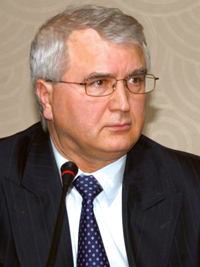
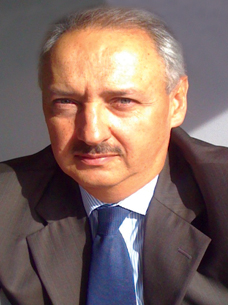 Alexandru M. TANASE, PhD, is an Independent Author and former Associate Director, Senior Banker at the EBRD and former IMF Advisor. Mihai RADOI is a Director of a specialised Investment Fund focused on Eastern Europe and former Executive Director of Anglo-Romanian Bank, London and previously of the BFR Bank, Paris. These are personal views of the authors and are not of any quoted institution (including, but not limited to, those of the EBRD and/or IMF and/or NBR and/or NBM or any other quoted institutions). The assessment and data are based on available information as of mid-June 2022.
Alexandru M. TANASE, PhD, is an Independent Author and former Associate Director, Senior Banker at the EBRD and former IMF Advisor. Mihai RADOI is a Director of a specialised Investment Fund focused on Eastern Europe and former Executive Director of Anglo-Romanian Bank, London and previously of the BFR Bank, Paris. These are personal views of the authors and are not of any quoted institution (including, but not limited to, those of the EBRD and/or IMF and/or NBR and/or NBM or any other quoted institutions). The assessment and data are based on available information as of mid-June 2022.
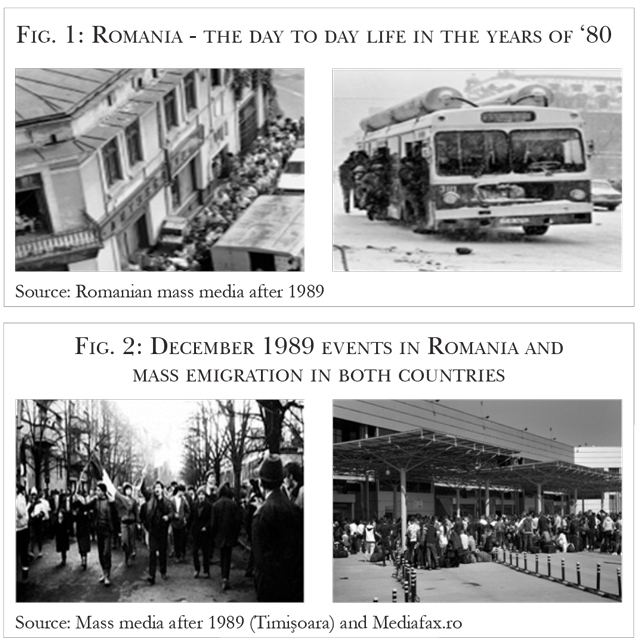
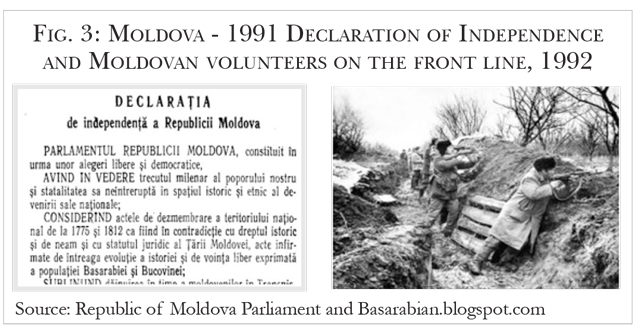
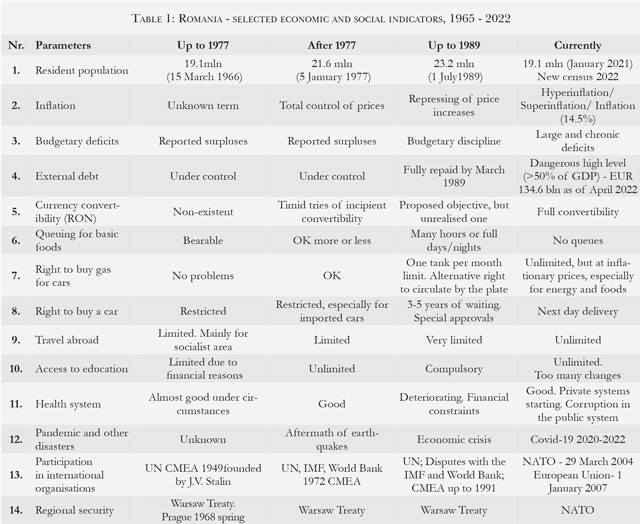



Adauga-ţi comentariu